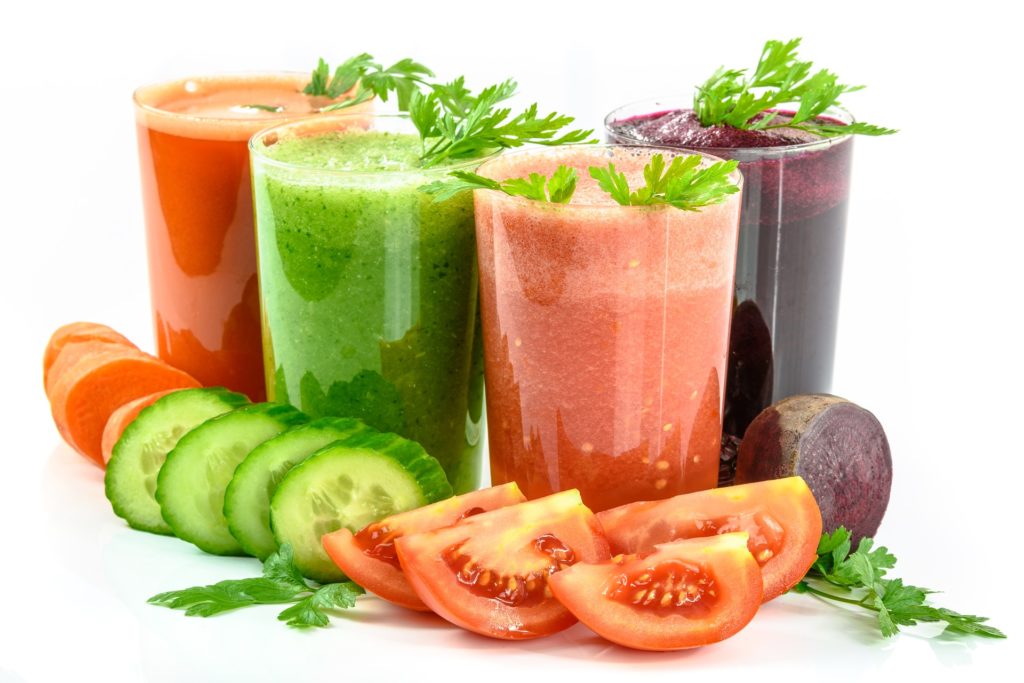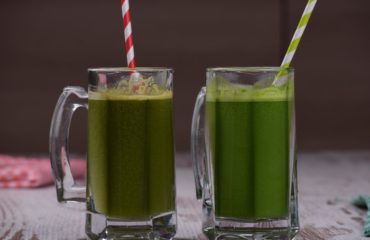
Every day, our cells face threats from different sides, starting from the state of ecology to virus infection. The nutritionist says that there are many nutrients that can act as electron donors, prevent oxidation and help repair damage. These are substances such as vitamins C, E, beta-carotene, minerals selenium, manganese, glutathione, coenzyme Q10, lipoic acid, flavonoids, phytoestrogens, etc.
Natural and artificial sources
Let’s give an example: a cup of fresh strawberries contains about 80 mg of vitamin C, a nutrient with antioxidant activity. However, a supplement containing 500 mg of vitamin C does not contain plant chemical compounds (polyphenols) that give the body a greater multiplicity of protective forces.
So keep a list of nutrients with antioxidant activity and foods that contain them:
Vitamin C
Broccoli, Brussels sprouts, cantaloupe, cauliflower, grapefruit, leafy greens, kiwi, lemons, oranges, papaya, strawberries, sweet potatoes, tomatoes, peppers (all colors).
Vitamin E
Almonds, avocado, chard, leafy greens, peanuts, red pepper, spinach, sunflower seeds.
Carotenoids
Apricots, asparagus, beets, broccoli, cantaloupe, carrots, bell peppers, cabbage, mangoes, oranges, peaches, grapefruit, pumpkin, zucchini, spinach, sweet potatoes, tangerines, tomatoes, and watermelon.
Selenium
Brazil nuts, fish, shellfish, beef, poultry, barley, brown rice.
Zinc
Beef, poultry, oysters, shrimp, sesame seeds, pumpkin seeds, chickpeas, lentils, cashews, fortified cereals.
Phenolic compounds:
• quercetin (apples, red wine, onions);
• catechins (tea, cocoa, berries);
• resveratrol (red and white wine, grapes, peanuts, berries);
• coumaric acid (spices, berries);
• anthocyanins (blueberries, strawberries).



